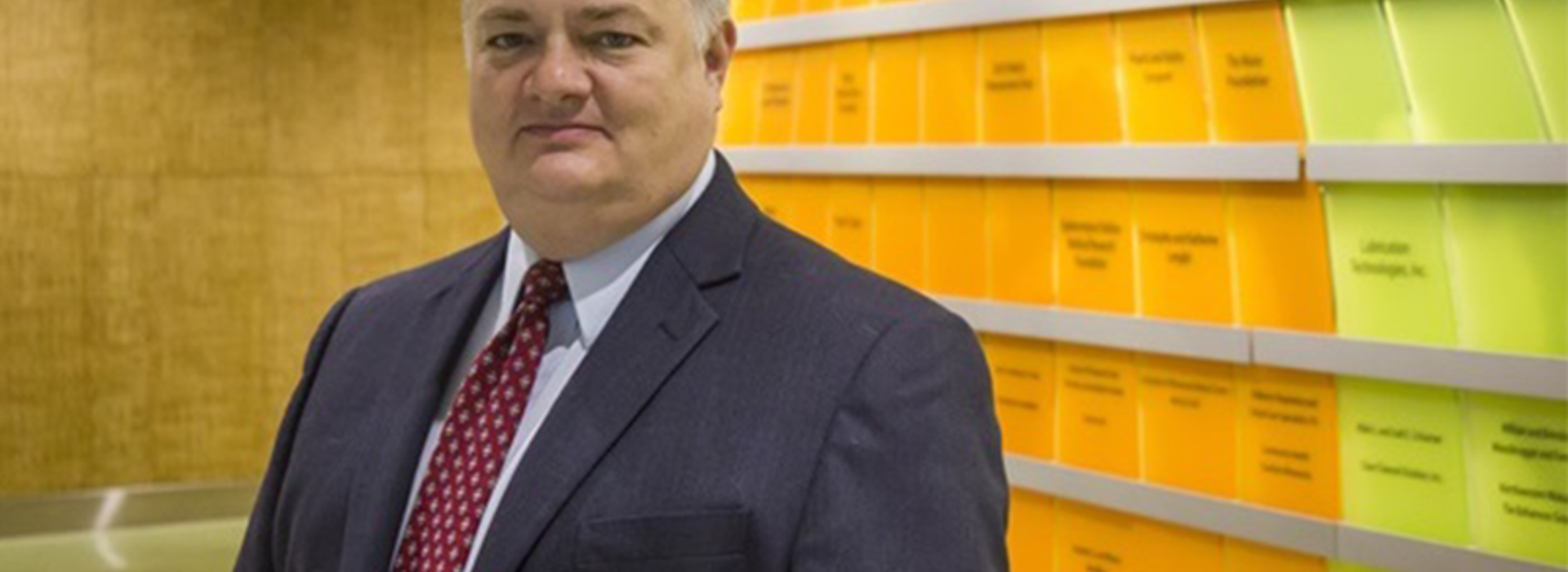
UMN Medical School Advances Research and Care for Patients with Rare Disease
A rare disease is defined as a condition that affects fewer than 200,000 people in the USA. While each disease is by definition rare, as there are estimated to be about 7,000 different types of rare disease, together nearly 30 million Americans are currently living with a rare disease. The University of Minnesota is world renowned in both research and care for rare disease, and has a reputation for treating some of the most challenging pediatric cases that often would be turned away elsewhere.
“We really were on the ground floor at the University of Minnesota in using bone marrow transplant (BMT) as therapy for some of these rare disorders, including the inherited enzyme deficiencies,” said Paul Orchard, MD, Medical Director of the Inherited Metabolic & Storage Disease Bone Marrow Transplantation Program and Professor, Division of Pediatric Blood and Marrow Transplantation, University of Minnesota Medical School.
In 1968, the first successful human BMT in the world was done at the University of Minnesota for a patient who had a rare disease known as severe combined immunodeficiency, which is a rare genetic disorder that causes life-threatening problems with the immune system and affects. The University of Minnesota was also the first center in the USA to treat patients with lysosomal enzyme deficiencies, and has been a leader in this field since that time.
More recently another approach has become possible - gene therapy. “Some of the gene therapy approaches have allowed us to consider taking the blood stem cell from a child suffering from these disorders, and engineer them to make their own source of enzyme. These genetically corrected cells can then be infused, as opposed to having to use somebody else’s cells,” said Orchard.
This option diminishes many risks and complications which are often seen with the current (allogeneic) transplant option, such as in graft-versus-host disease, rejection and infections. Gene therapy could be used in conjunction with transplant in the future, or in some cases, replace transplants.
“It's an exciting time, because there is a lot of interest in developing these approaches. A lot of new technology has become available, and I think in the next 5 to 10 years we are going to see an explosion of the utilization of gene therapy for these kinds of disorders,” said Orchard.
This is happening right at the University of Minnesota. Because the University has been a leader in the rare disease world, many are turning, once again, to Medical School experts to lead the way in gene therapy. Experts, like Dr. Orchard and others, work with leaders in the medical industry to lead studies and launch new therapies.
“There’s a new study that just got off the ground in which only 8 centers in the world are participating. There are 5 in Europe and 3 in the US. We just opened this study here in the last 10 days,” added Orchard.
A second component to being leaders in moving gene therapy forward, which is also underway, is developing new therapies right at the UMN, through the institution's technology, expertise and innovation. Basic researchers in gene transfer and editing have been instrumental in moving the field forward, led by investigators and the Stem Cell Institute at Minnesota.
University of Minnesota Medical School experts are also actively involved in trying to establish an Advisory Council for Rare Diseases within Minnesota. “There's a bill that has been written, which is making its way through the legislature, to create a council that might help us better understand what the impact of these rare diseases are for the state; where the patients are, how many are out there, and what kind of resources they need,” said Orchard.
One in 10 people have a rare disease in Minnesota, half of whom are children. February 28, 2019 was the 12th Rare Disease Day celebrated worldwide. As part of this awareness, University of Minnesota Medical School’s Stem Cell Institute and the School of Pharmacy’s Center for Orphan Drug Research are co-hosting an event called “Rare Disease Day - Clinical Gene Therapy: The Future is Now”.
The program, hosted on March 1st, will be an opportunity for patients and families currently receiving therapy for these diseases, advocacy groups and clinicians to share the importance and help raise the awareness of new therapies, including gene therapy, which has the potential to more effectively correct underlying genetic defects of patients with rare disease and therefore lead to improvements in the disease and better quality of life. It will also be an opportunity to discuss the latest work happening at the University, both in research and patient care, for rare diseases.